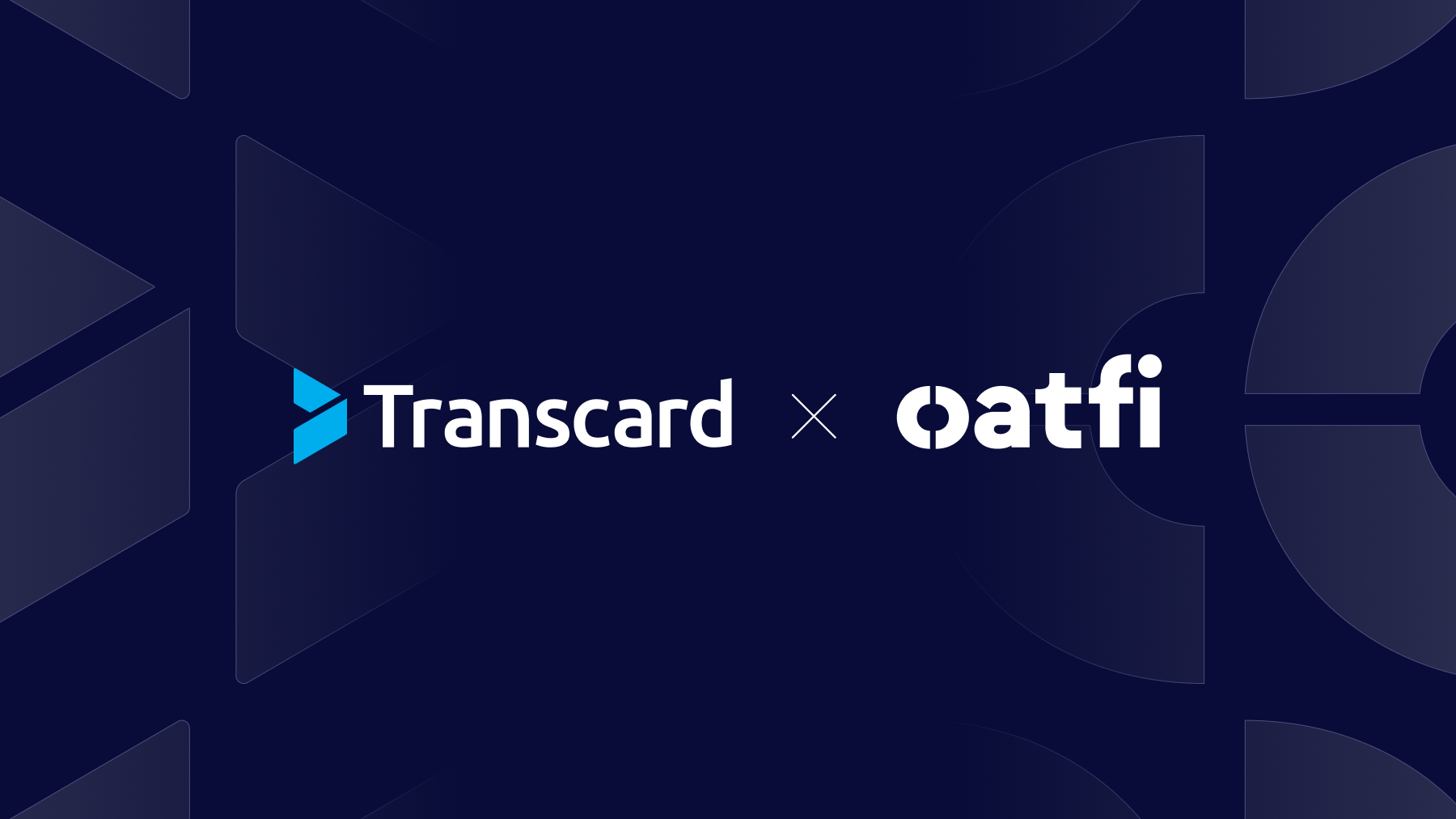B2B payments are often complicated. Not only are there multiple parties involved, but the requirements for processing each payment can include preparing several quotes, writing invoices, and communicating with multiple departments and individuals.
And B2B payment complexity only increases as the size and number of transactions increase, making it more and more challenging for enterprises and corporations to stay efficient while they grow.
For many businesses, the result is time-consuming, inefficient payment processes that tie up resources that could be better used in more strategic pursuits. To cut down on inefficiency and ensure that your staff has more time to devote to activities that move the needle for your business, you need to to improve how you make B2B payments.
How to Improve Your B2B Payment Process
There are a variety of ways to streamline B2B payments, many of which will be specific to your business and its internal processes. There are some techniques, however, that work for nearly all organizations. Here are five ways your business can improve B2B payment processes to save time and reduce manual work.
1. Set Up Alerts to Oversee Payment Status
Manually checking the status of B2B payments is an outdated, time-consuming task. Setting up alerts for email, text, and push notifications can go a long way towards improving efficiency. Many funds disbursement and payment platforms already include alerts or notifications, you simply need to set them up.
2. Take Advantage of Digital Signatures
Using digital signatures for endorsements and multi-party sign-offs will reduce the amount of paperwork required to process B2B payments. It can also cut down on the back-and-forth communication needed to secure traditional signatures.
3. Attach Important Documents Directly to Payments
Sending a payment and a separate email with important attachments adds unnecessary steps to the payment process. Cut down on the time and effort required to send documents by attaching them directly to payments along with your digital signature requirement. This keeps the B2B payment transaction swift and secure.
4. Use Dynamic ID Verification
A multi-level identity verification system allows you to gather and verify information on your customers, vendors, and business partners before they receive funds. ID verification should be completely handled by your payment platform, so you can be sure payments are going to the right place without creating extra work for your team.
5. Store Remittance Information
Keeping a digital record of all remittance information from B2B payments makes it easier to store invoices, reports, receipts, and other important documents required to make transactions. Documents are then easily accessible for any audits or compliance needs.
Find a Payment Platform that Streamlines B2B Payments
Making B2B payments more efficient requires that you focus on secure methods for sharing and storing data while eliminating the wasted time and resources that come with traditional B2B payments. Many online payment platforms are being built with tools to help, such as ID verification and the ability to attach documents directly to payments.
When you’re evaluating your B2B payment processes, take a hard look at how efficient your methods are and the tools that your platform includes. You’ll likely be able to make at least one or more of the changes mentioned above as well as identify new features to look for in your next payment platform.
Gain better visibility into whether the platforms you’re evaluating go the extra mile, or if they’re minimalized to provide only standard tools.




